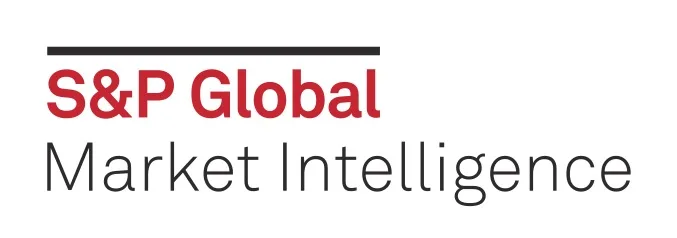CLOs in 2024: Moving in on the Middle-Market
Direct lending and investor appetite have pushed middle-market collateralized loan obligations into the spotlight. And their winning streak is set to continue as they eclipse their broadly-syndicated counterparts.
The middle-market CLO segment has rapidly risen to prominence amid the expansion of direct lending and rising investor appetite for private credit. In 2023, middle-market CLO issuance increased to US$27.1bn, capturing a record 23.4% share of all US CLO volume, according to S&P Global Ratings data. This constituted a 126.2% annual increase, while BSL CLOs retreated by 24.2% as macroeconomic uncertainty frustrated broadly syndicated debt markets.
Projections are even more bullish. BofA Securities expects US MM CLOs’ market share to expand to 31.8% this year.
With expectations on the rise and this new breed of CLO on a winning streak, S&P Global Market Intelligence, in collaboration with Creditflux, conducted this study to assess how specialists are adapting their operations to tap this burgeoning opportunity while managing attendant risks.
Our research explores the factors that are driving major CLO managers to launch further middle-market CLOs, overcoming hurdles such as sparse financial disclosures to ensure effective underwriting, monitoring and reporting.
S&P Global Ratings estimates that the US leveraged loan trailing 12-month default rate was 1.9% in October 2023 and could rise as high as 3% by September 2024. A hotter than expected print for the Personal Consumption Expenditures (PCE) Price Index for January tamed expectations of a Q1 rate cut, reaffirming the “higher for longer” mantra. With these dynamics in play, we also examine the risk mitigation strategies managers employ to support loan portfolio performance, including leveraging technology alongside human oversight.
Moreover, with environmental, social and governance (ESG) considerations continuing to reshape investment processes across the asset management industry, we detail how managers are implementing frameworks to meet rising expectations from regulators and alike.
Overall, our respondents see the inherent strength of middle-market companies as continuing to bolster middle-market CLO performance across the cycle compared to their broadly syndicated counterparts.
However, this will not come without proactive risk mitigation, portfolio oversight, and open dialogue with borrowers. We hope the following analysis serves as timely insight into the means, motivations and methods driving the middle-market CLO breakout.












